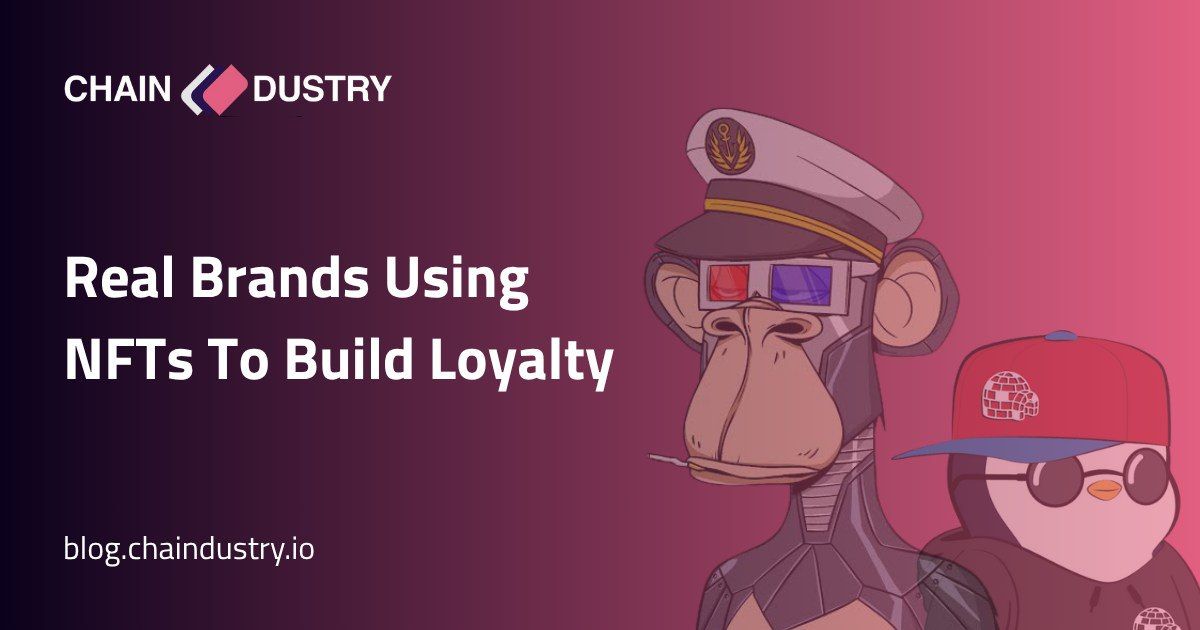Introduction
For most people, the word “NFT” still brings up images of overpriced cartoon apes and crypto bros shouting “WAGMI!” on Twitter. But behind the noise, something interesting has been brewing especially with big consumer brands.
Two surprising names are leading the charge: Starbucks and Nike.
They’re not treating NFTs as collectibles or speculative assets. Instead, they’re using them to reinvent loyalty, community, and engagement and in doing so, they’re setting the playbook for how NFTs can actually serve people.
Real Brands Using NFTs to Build Loyalty
Starbucks and Nike aren’t just experimenting with Web3, they’re quietly redefining what it means to belong to a brand.
Starbucks Odyssey
NFTs for Coffee Lovers In 2023, Starbucks launched Odyssey, a blockchain based rewards extension built on Polygon. But they didn’t call it “Web3” or even market it as NFTs. Instead, they created “journeys” where users earned points by completing fun challenges like trying new drinks or learning about Starbucks history.
These points unlocked digital collectibles (NFTs) that came with real perks:
1.Free drinks and exclusive merchandise.
2.Invitations to events and virtual experiences.
3.Access to members-only communities.
No wallet. No crypto. Just seamless integration with a Starbucks account. That’s how you make Web3 invisible, but powerful.
Nike’s .Swoosh: Owning the Hype
Nike launched its Web3 platform .Swoosh to empower fans to co-create and collect virtual Nike gear. This isn’t just about selling sneakers in the metaverse, it’s about community ownership and creative participation.
They’ve dropped digital collectibles tied to physical items, allowed users to design concepts, and even rewarded NFT holders with early access to new releases.
Nike also acquired RTFKT, a digital fashion and NFT studio, to expand into high-end virtual wearables. It’s not hype for hype’s sake. It’s about turning brand engagement into a digital lifestyle.
Why This Works (and Most NFT Projects Don’t)
The success of Starbucks and Nike comes down to one thing: utility. Most NFT projects struggle because they offer:
1.No real-world value
2.Confusing onboarding
3.Vague roadmaps with zero trust
But Starbucks and Nike flipped the script:
1.They use familiar platforms and UX.
2.Their NFTs come with real benefits.
3.They treat Web3 as an enhancer, not a gimmick.
The result? Users who don’t care about crypto are participating without even realizing it.
What This Means for the Future of NFTs.
We're entering a phase where NFTs aren't the product, they’re the infrastructure. They’re how brands verify access, reward loyalty, and create deeper customer relationships. Expect more companies to follow suit with:
1.NFT-based membership tiers (like a digital Costco card)
2.Co-creation communities (imagine voting on your next favorite product)
3.On-chain loyalty programs (trackable and portable across platforms)
This isn’t the end of NFTs. It’s the beginning of their adult phase,it might be more boring, but it will be more useful.
Conclusion
Starbucks and Nike didn’t “do NFTs.” They solved old problems with new tools.
They showed that NFTs can be more than collectibles, they can be connectors between brands and customers. Between fans and experiences. Between digital and real life.
So if you're building in Web3, take notes: It’s not about minting. It’s about meaning.

